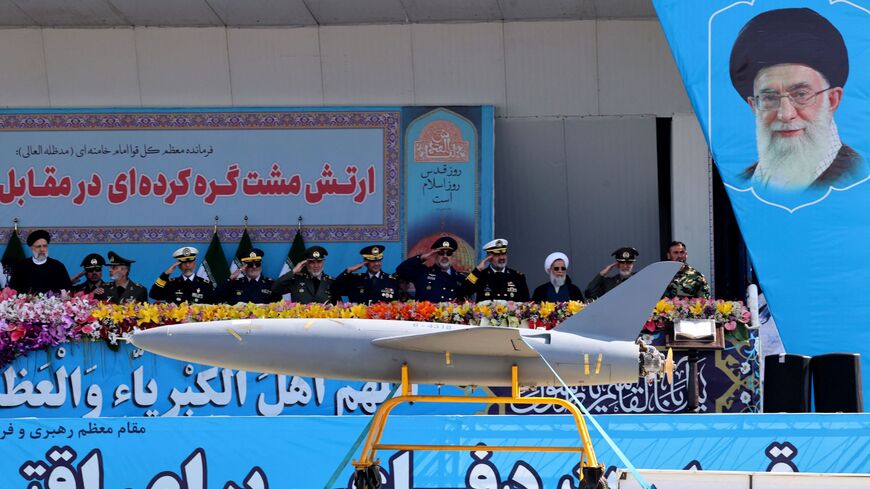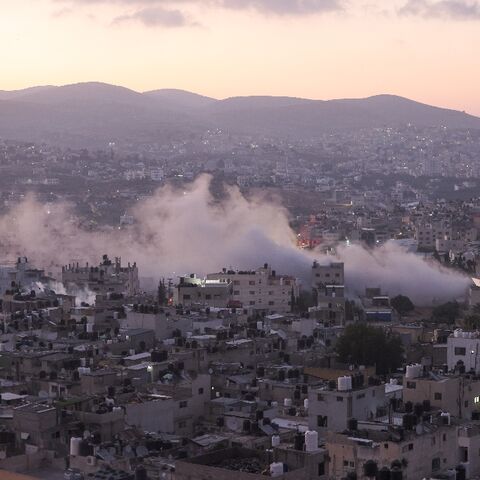The Biden administration on Thursday accused Iran of providing Russia with materials to build a factory east of Moscow to produce armed drones for use in the Kremlin’s war in Ukraine.
National Security Council spokesperson John Kirby, citing declassified intelligence, told reporters that the manufacturing plant could be up and running by early next year at at the Alabuga Special Economic Zone in Russia’s Tatarstan.
Why it matters: The revelation suggests Russia’s plans to produce Iranian attack drones for its own use may already be in motion.
The White House first publicly accused Tehran in December of preparing to assist Russia in manufacturing the drones domestically, after revealing that Iran’s government had been supplying Russia with a stream of the unmanned weapons in order to bolster the Kremlin’s own dwindling precision munition stockpiles.
Those shipments have continued in recent months, Kirby said Friday. “As of May, Russia received hundreds of one-way attack UAVs, as well as UAV production-related equipment, from Iran,” he said.
The White House released a map indicating Iran’s government has been shipping the Tehran-made drones to Russia overland and via the Caspian Sea from the Amirabad seaport on Iran’s northern coast.
Reciprocity: US officials have suggested Tehran’s support for Russia’s war effort has encouraged the Kremlin to return the favor, with the Islamic Republic seeking “billions of dollars” worth of advanced military hardware.
“The support is flowing both ways: from Iran to Russia and from Russia to Iran,” Kirby told journalists on Friday.
“Russia has been offering Iran unprecedented defense cooperation, including on missiles, electronics and air defense,” he said.
“This is a full-scale defense partnership that is harmful to Ukraine, to Iran’s neighbors and the international community.”
Spillover effect: While no transfers of advanced Russian military technology to Iran have yet been confirmed, Iran has publicly announced it intends to purchase Su-35 fighter jets.
The Islamic Republic already posses the Middle East’s largest drone and guided missile stockpiles, giving it leverage over most of its neighbors — and a potential upper hand in the event of a conflict.
US officials have worried in recent months their Israeli counterparts may feel compelled to launch a preemptive strike against Iran’s nuclear sites before Tehran receives more advanced air defense systems from Russia, such as the S-400, according to sources close to the discussions.
Know more: The Biden administration has issued a series of economic sanctions and worked with the EU on export restrictions, but has thus far struggled to cut off Iran’s supply of cheap foreign-made components used in its expanding missile and drone arsenal.
The US revealed new guidelines on Friday for international businesses on ways to prevent their products from inadvertently finding their way into Iranian military projects.








